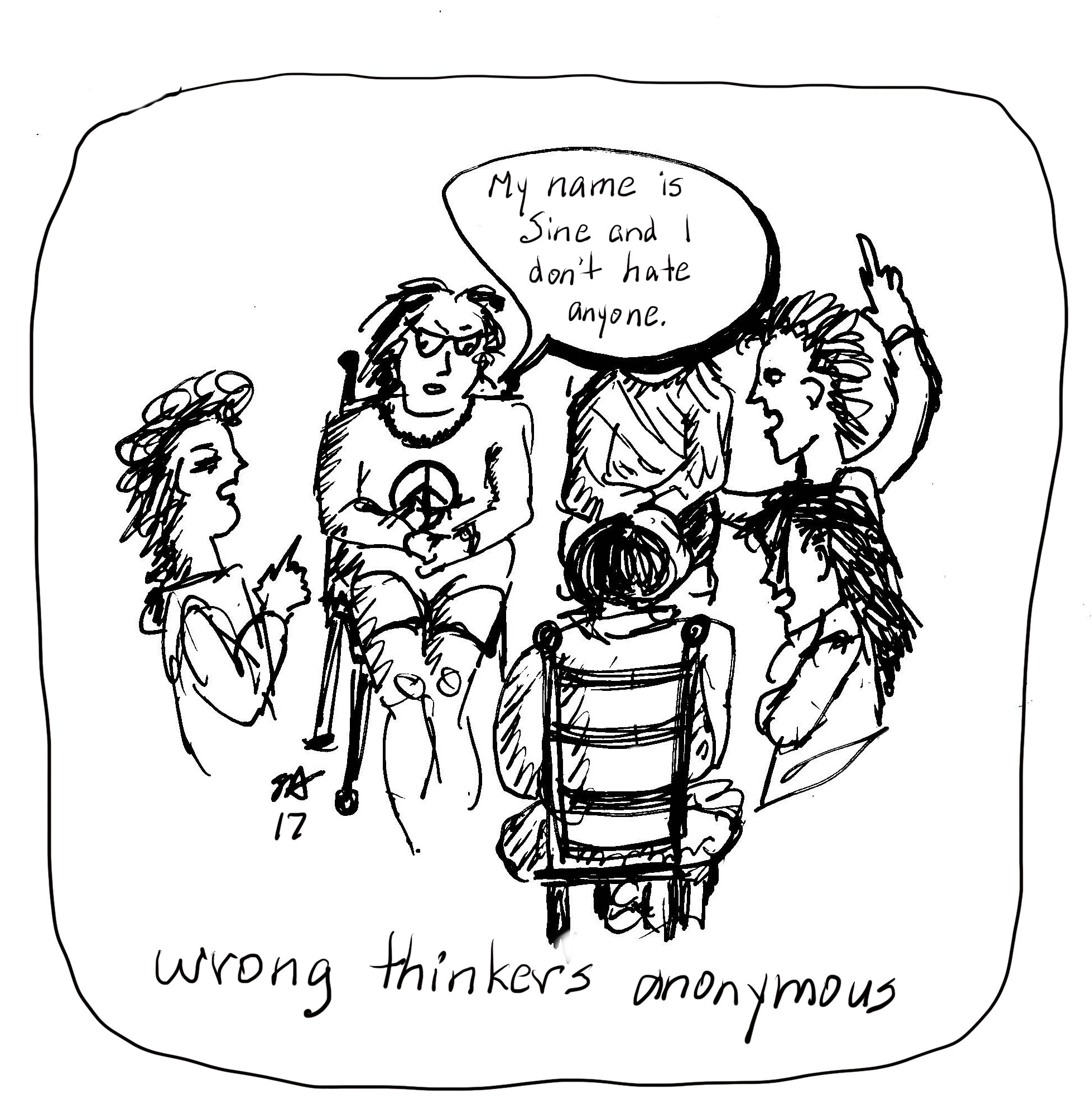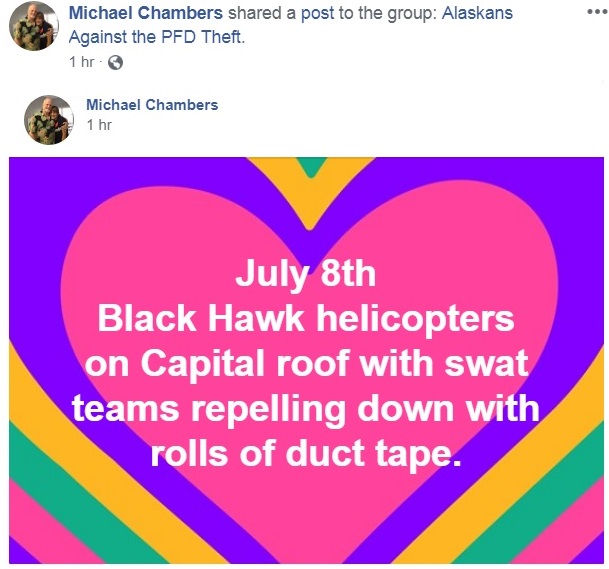 The alt-right thrives in certain parts of Alaska, specifically in the Mat-Su Valley region just north of Anchorage. And lately, the alt-right posts on Alaska social media have gotten downright scary. Mat-Su is a Trump stronghold, and has also emerged as a stronghold for ultra-conservatives who make up Alaska’s alt-right. Results from the precincts in the 2016 president election document that between 75% and 86% of Mat-Su voters voted for Trump. Alaska’s Governor Mike Dunleavy, an ultra-conservative Republican, won 80% to 90% of the vote in 2018.
The alt-right thrives in certain parts of Alaska, specifically in the Mat-Su Valley region just north of Anchorage. And lately, the alt-right posts on Alaska social media have gotten downright scary. Mat-Su is a Trump stronghold, and has also emerged as a stronghold for ultra-conservatives who make up Alaska’s alt-right. Results from the precincts in the 2016 president election document that between 75% and 86% of Mat-Su voters voted for Trump. Alaska’s Governor Mike Dunleavy, an ultra-conservative Republican, won 80% to 90% of the vote in 2018.
As documented by journalist and blogger Dermot Cole <https://www.dermotcole.com/>, as a candidate, Dunleavy ran on a platform of a balanced budget and no cuts to state services or institution. But once in office, Dunleavy submitted a budget that decimated nearly every state agency, institution, and service. For example, the University of Alaska, where I am employed, would see a 41% cut to its state funding. Adding salt to the wounds, the governor has insisted that the state pay Alaskans a “full” PFD this year–$3000—instead of funding state services. This would shift the costs of services to municipalities, boroughs, and to individuals, and would result in mass layoffs, closures, and the elimination of programs, offices, and services.
The pushback against the Dunleavy budget has been fierce, with rallies and protests, upstart advocacy organizations, and plenty of blogs, tweets, and Facebook posts. The Alaska legislature ended its regular session without a finalized budget. In its first special session, the Alaska legislature undid the vast majority of the Dunleavy austerity budget and then gaveled out before passing a bill that set the amount of the October 2019 PFD. Governor Dunleavy immediately utilized his constitutional powers to issue a proclamation for a second special session, and in an unprecedented move, proclaimed that the legislature would meet in Wasilla Middle School, in Wasilla, instead of at the capitol building in Juneau. He set the only agenda item as passing the $3000 PFD.
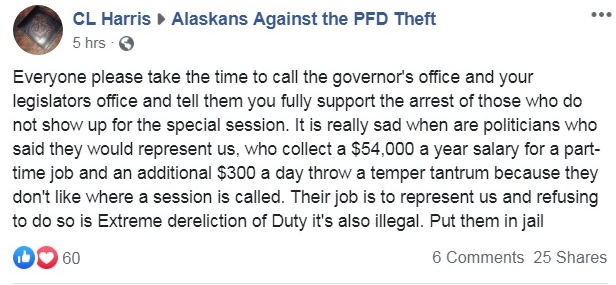 The alt-right in the Mat-Su area, and apparently in other hot-red precincts in Alaska, reacted with glee to the idea that the legislators would be meeting in their home town. There are several extremist pro-PFD Facebook sites, and their members quickly got busy to agitate the masses. And this is where social media about the topic got particularly scary.
The alt-right in the Mat-Su area, and apparently in other hot-red precincts in Alaska, reacted with glee to the idea that the legislators would be meeting in their home town. There are several extremist pro-PFD Facebook sites, and their members quickly got busy to agitate the masses. And this is where social media about the topic got particularly scary.
In the first week after the legislature gaveled out after passing the operating budget, one of the more extremist pro-PFD Facebook sites urged Alaskans to “go general [sic] Sherman” on Alaskans who support the compromise budget instead of a “full” PFD. Sherman, of course, is the famous civil war general whose scorched earth tactics brought the South to its knees. Suggestions included harassing individual Alaskans who voted for legislators who voted for the compromise budget, including picketing individual businesses whose owners voted for them. Calls went out for the home addresses of legislators so that “the people” could protest in front of their homes. On the extremist pro-PFD sites, there is commonly talk of armed rebellion, tar & feathering legislators, and hanging politicians who voted in favor of the compromise budget. Ultra conservative Representative David Eastman and Governor Dunleavy, both from Wasilla, are hailed as modern day heroes. Moderates, liberals, and other Alaskans and Alaskan legislators are mocked and subjected to angry, invective filled rants and veiled and not-so-veiled threats of violence.
 A poster on the FB group, Alaskans Against the PFD Theft, initiated a “call to arms” the following week, using militia language. He wants 300,000 Alaskans to storm the capitol, to physically seize the legislators, and to arrest and to imprison them. Other posts call for legislators to be hanged, to rot in hell, to be tortured in hell, and to be locked up as criminals, crooks, liars, and thieves. Tarring & feathering continues as a common theme. State Senator von Imhof, who suggested that the majority of Alaskans are not as obsessed with the PFD as the legislature is, has repeatedly been called the c-word and the b-word. There are active recall petitions for Imhof, Senate President Geissel, and others who voted for the compromise budget. On another post, a participant urged people to physically surround individual legislators and to shout at them to let them know that the people are “angry.” A suggestion was floated to drench Juneau in oil and to set it, and its people, afire. That post even has its own hashtag, which I will not cite here because I do not want it to get hits.
A poster on the FB group, Alaskans Against the PFD Theft, initiated a “call to arms” the following week, using militia language. He wants 300,000 Alaskans to storm the capitol, to physically seize the legislators, and to arrest and to imprison them. Other posts call for legislators to be hanged, to rot in hell, to be tortured in hell, and to be locked up as criminals, crooks, liars, and thieves. Tarring & feathering continues as a common theme. State Senator von Imhof, who suggested that the majority of Alaskans are not as obsessed with the PFD as the legislature is, has repeatedly been called the c-word and the b-word. There are active recall petitions for Imhof, Senate President Geissel, and others who voted for the compromise budget. On another post, a participant urged people to physically surround individual legislators and to shout at them to let them know that the people are “angry.” A suggestion was floated to drench Juneau in oil and to set it, and its people, afire. That post even has its own hashtag, which I will not cite here because I do not want it to get hits.
This past week, the state legislature defied the governor’s proclamation that they meet in Wasilla, and instead announced that they would hold floor sessions in the capitol, their regular meeting space, and schedule committee meetings in Anchorage at the Legislative Information Office (LIO). The following day, the state attorney general issued a statement that he says authorizes the governor to send Alaska State Troopers out to round up the legislators who do not report to Wasilla as ordered. The alt-right rhetoric about the legislators increased dramatically on Alaska social media as a result. One fellow, for example, fantasized about the governor sending the Alaska National Guard to rappel down the outside of the Capitol Building, to storm the legislative meeting, to arrest the wayward legislators, to bind them with duct tape, to corral them in Blackhawk helicopters, and to carry them to Wasilla Middle School. Other posters call for all of the legislators to be imprisoned in a local correctional center and not to be released until they had funded the “full” PFD. Yet another poster suggested a mass camp-out at the Wasilla Middle School parking lot so that the legislators could be harassed upon entering and leaving legislative sessions.
Many of the persons I have talked with about the alt-right rhetoric on Alaska social media scoff at my concerns, stating that the threats are being made by keyboard warriors. However, several of the last incidents of American domestic terrorism were conducted by alt-right keyboard warriors who then acted on their terroristic threats. Additionally, the very fact that the rhetoric exists should be a cause of great concern. The rhetoric is anti-elite, anti-government, anti-intellectual. The true believers agree with the governor’s budget that decimates the state university system, defunds the public school system, shuts down the Marine Highway, shutters many of the health and social services, raises the rates on elderly persons living in the state retirement homes, and seizes borough property taxes on oil lands to put into state coffers. Perhaps most frighteningly, the calls for the governor to seize, to arrest, and to imprison his political opponents pass over the border into full-fledged fascism.
We are living in dangerous times, my friends.
How Alaskans voted in 2016 president election https://www.adn.com/politics/2016/11/19/interactive-map-precinct-by-precinct-presidential-results-show-a-deeply-divided-alaska/


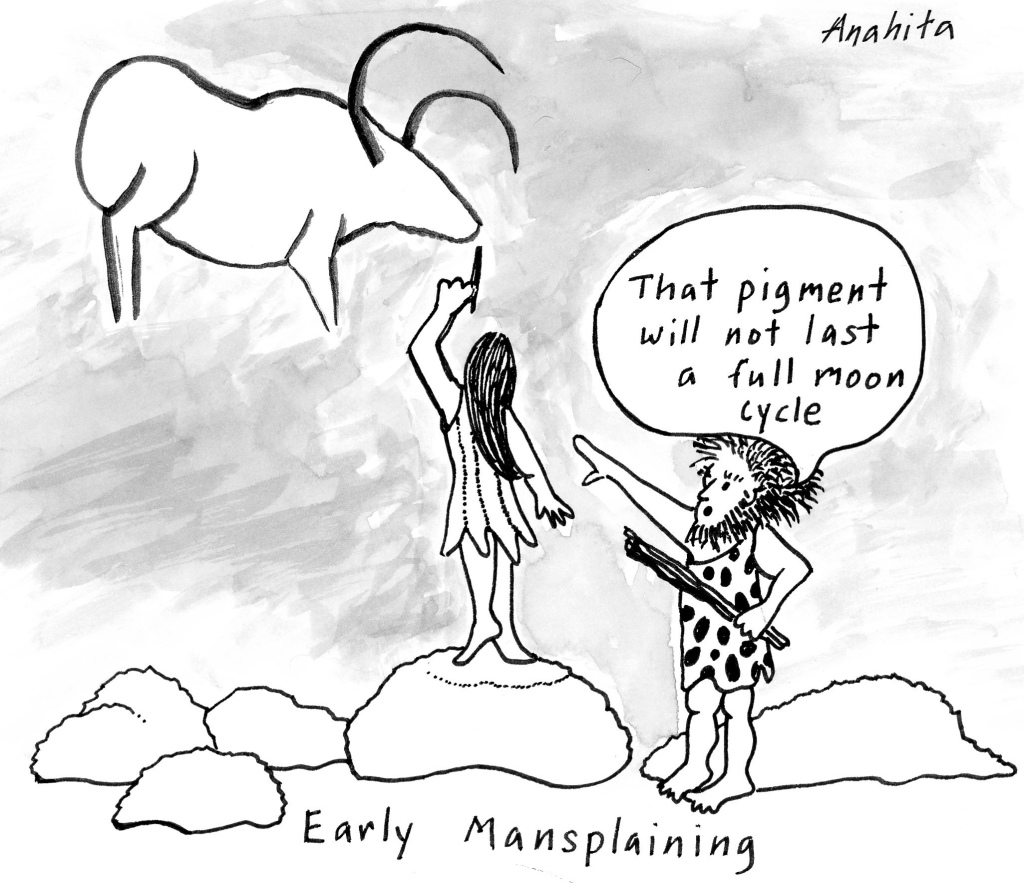
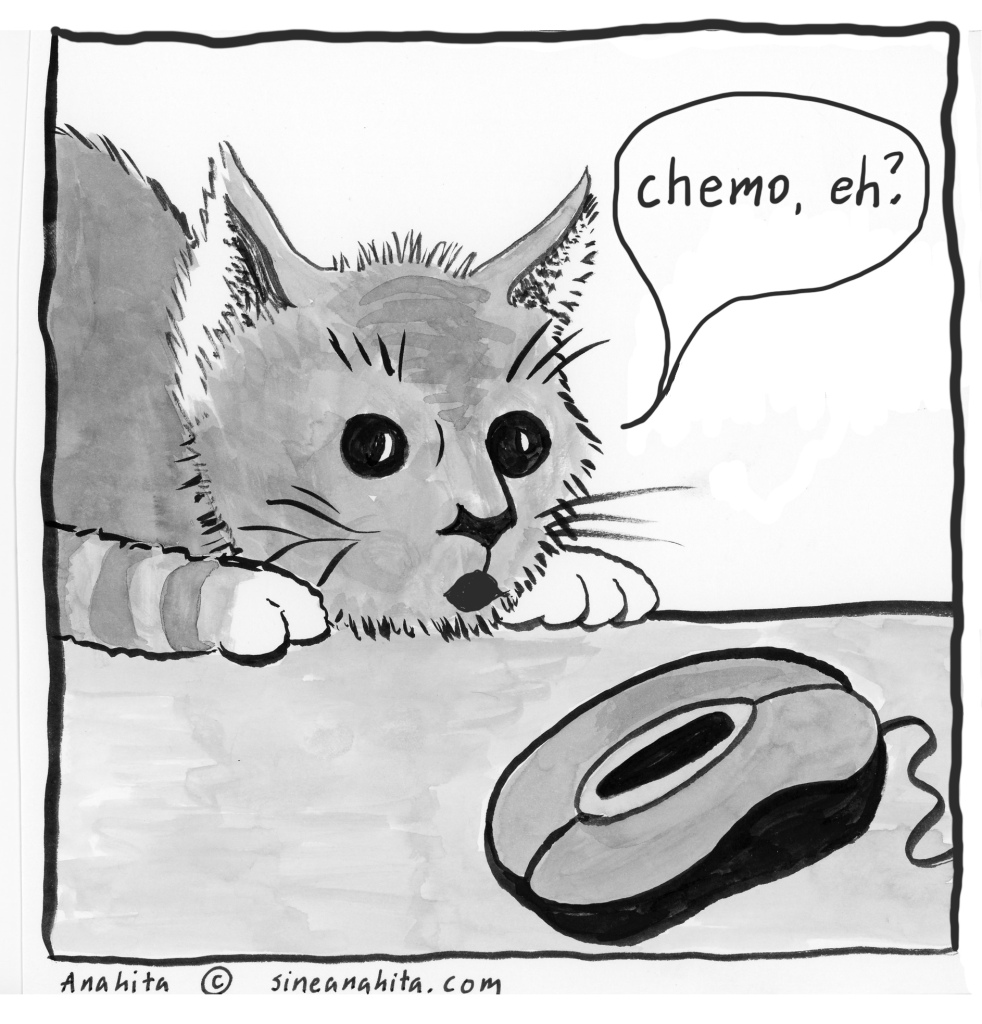
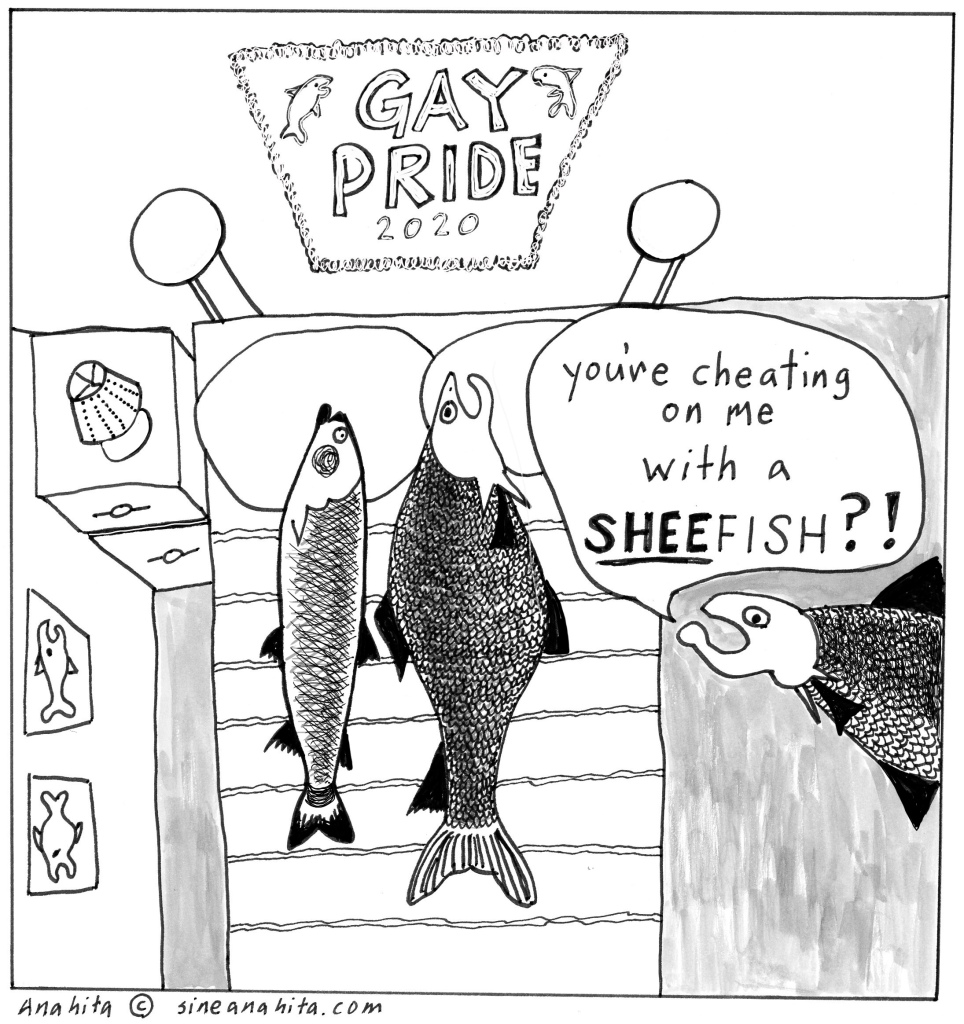
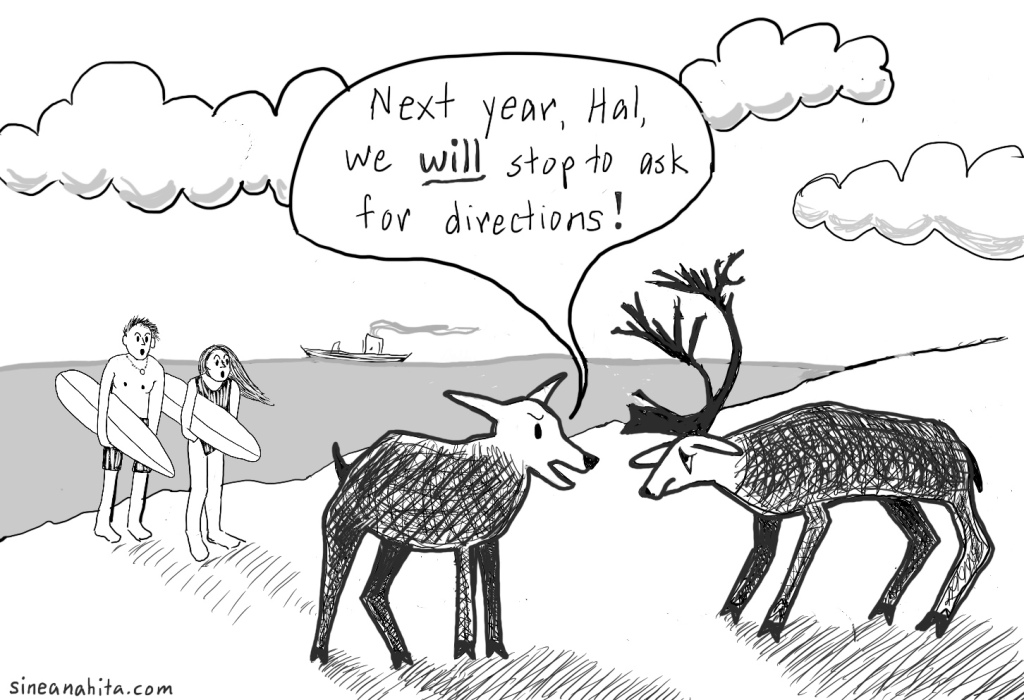
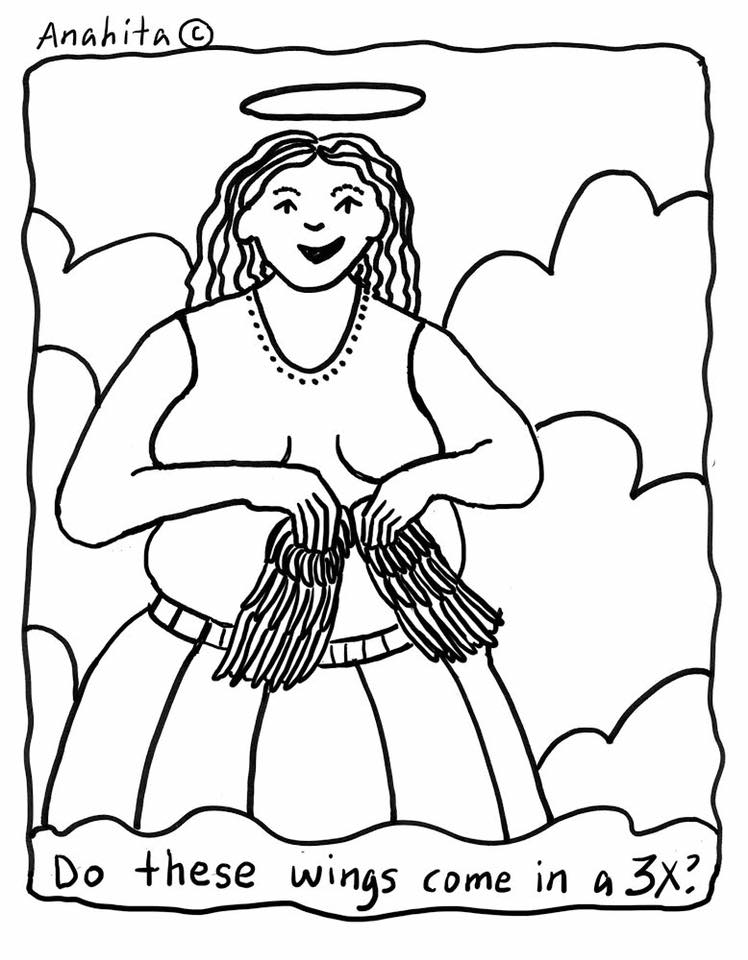
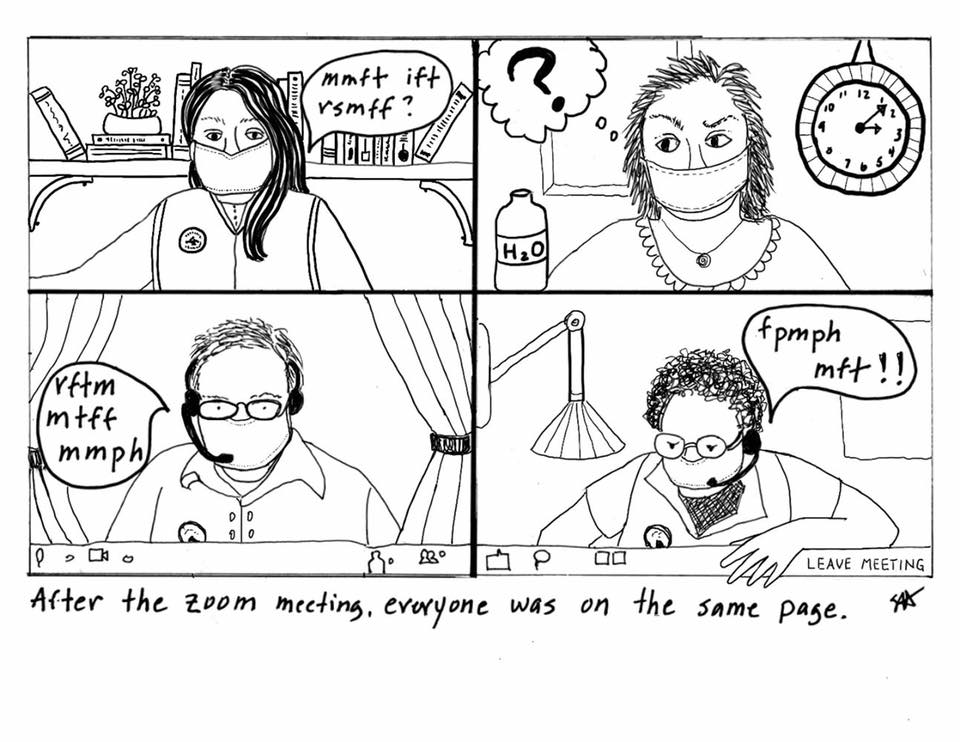
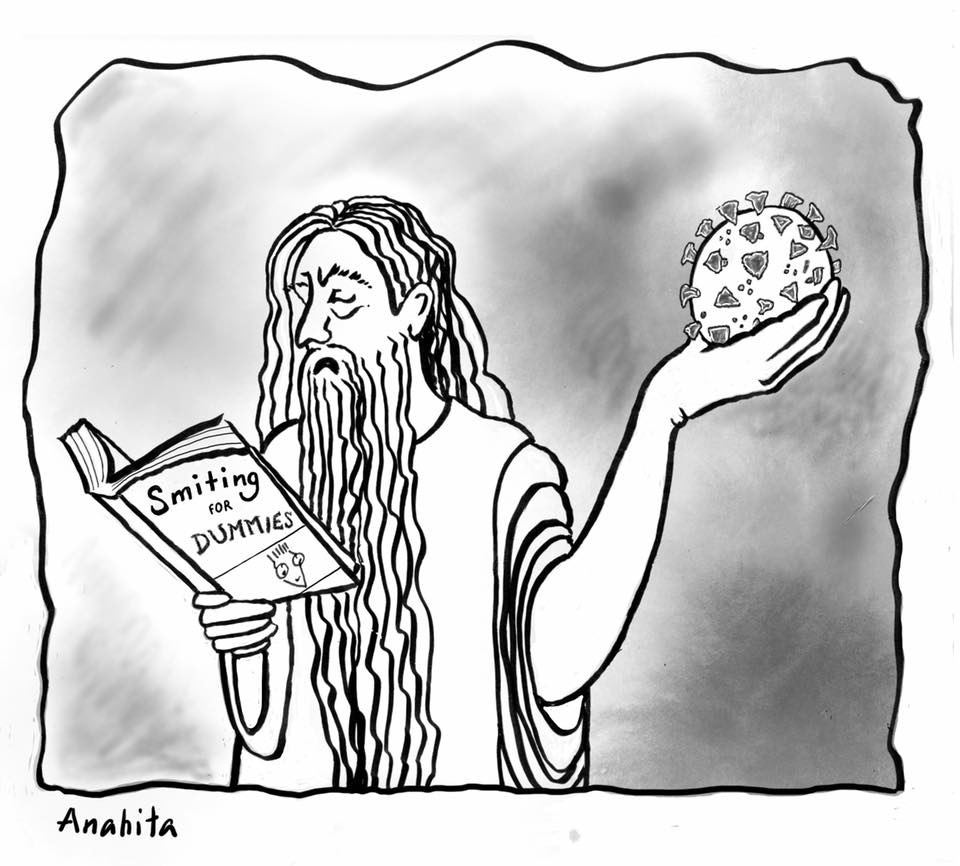
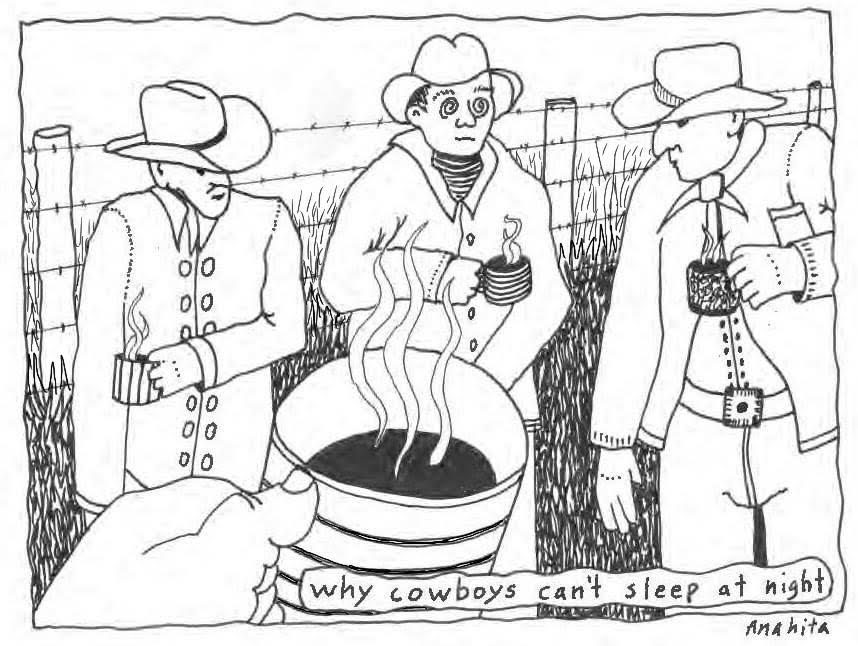
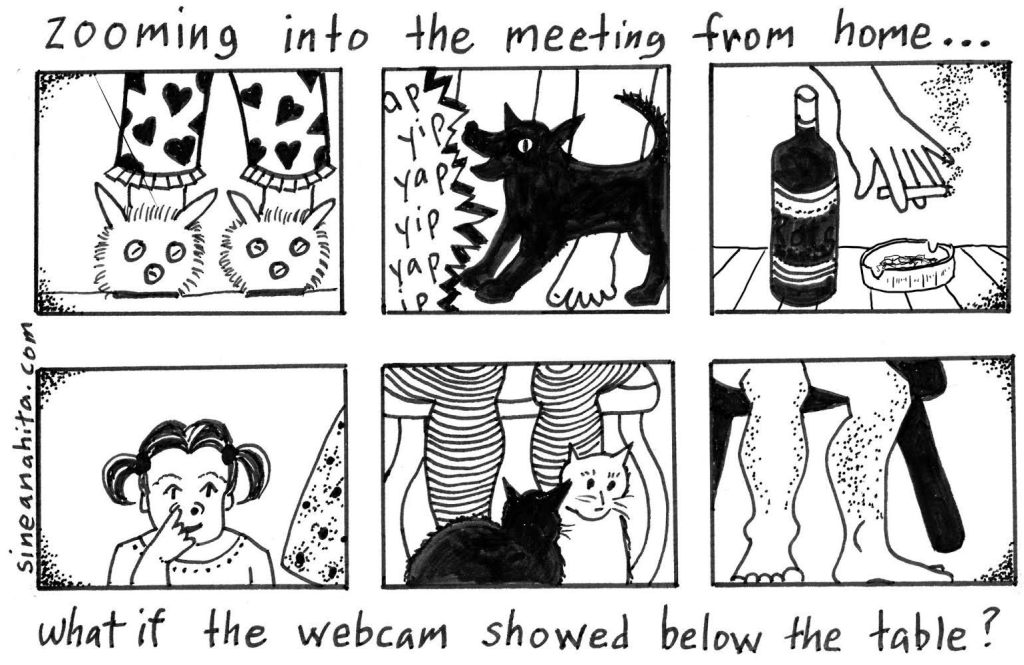
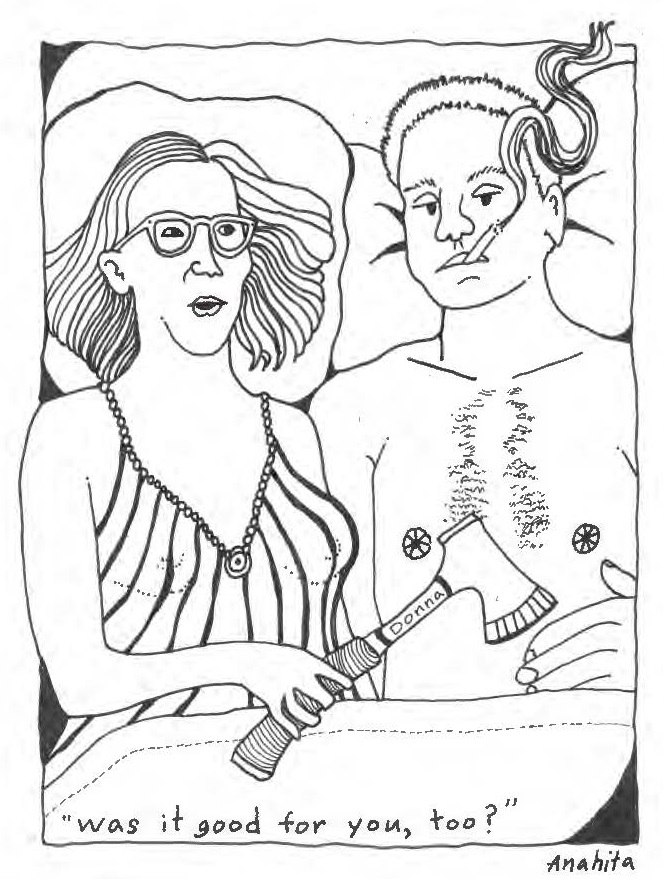 Early in 2019, Alaska Governor Mike Dunleavy unleashed his budget disaster on our state. In February, he announced a 41% cut in state funds to the University of Alaska, for a total of $136M in cuts. The cuts would have decimated the University, requiring us to lay off 31% of faculty and staff, close campuses, sell off assets, shutter many student services, terminate the academic bureaucracies at the three universities. and consolidate as many functions and programs as possible. But the university was not Dunleavy’s only target. Also included was a massive cut to schools, dramatic increases to the rates elders pay to live at state Pioneer Homes, elimination of the Marine Highway, cuts to social services, cuts to Medicaid, cuts to dental care for poor people, and seizure of local municipal property taxes on oil lands. Although the Alaska State Legislature later passed a reasonable budget that restored the majority of the cuts, Dunleavy used his constitutional authority to line item veto nearly every one. The legislature tried to override the vetoes, but was unsuccessful.
Early in 2019, Alaska Governor Mike Dunleavy unleashed his budget disaster on our state. In February, he announced a 41% cut in state funds to the University of Alaska, for a total of $136M in cuts. The cuts would have decimated the University, requiring us to lay off 31% of faculty and staff, close campuses, sell off assets, shutter many student services, terminate the academic bureaucracies at the three universities. and consolidate as many functions and programs as possible. But the university was not Dunleavy’s only target. Also included was a massive cut to schools, dramatic increases to the rates elders pay to live at state Pioneer Homes, elimination of the Marine Highway, cuts to social services, cuts to Medicaid, cuts to dental care for poor people, and seizure of local municipal property taxes on oil lands. Although the Alaska State Legislature later passed a reasonable budget that restored the majority of the cuts, Dunleavy used his constitutional authority to line item veto nearly every one. The legislature tried to override the vetoes, but was unsuccessful.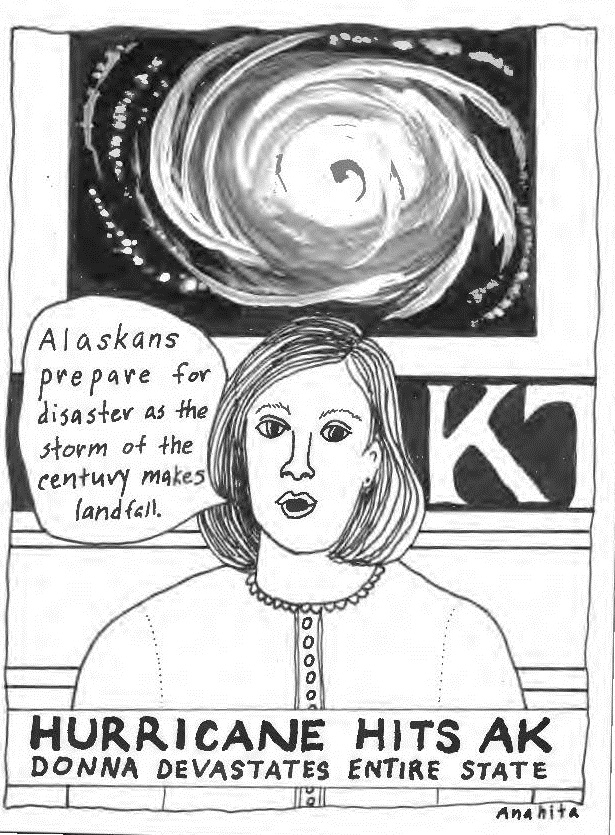 But meanwhile, over the summer, as the budget drama unfolded and as the majority of university workers, students, and the general public agonized over the state’s future, I took a cartooning class from
But meanwhile, over the summer, as the budget drama unfolded and as the majority of university workers, students, and the general public agonized over the state’s future, I took a cartooning class from 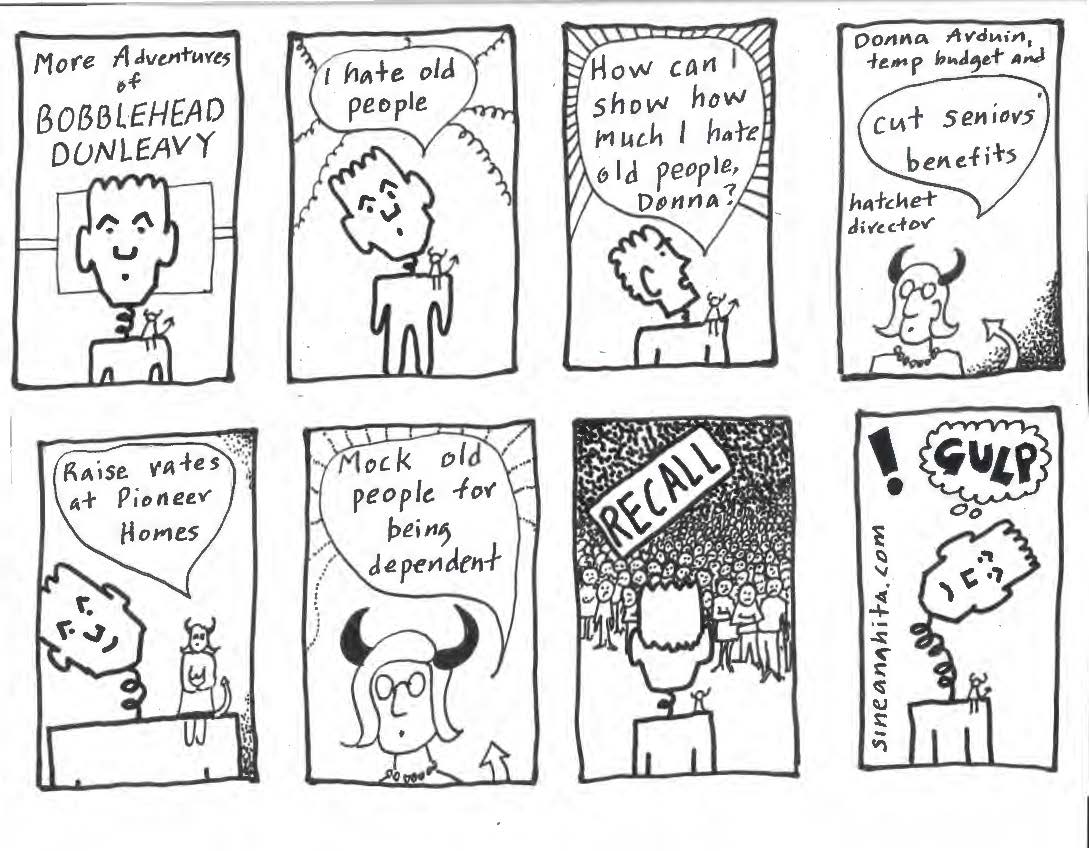 About mid-summer, a group of Alaskan started work on a recall campaign. Over the rest of the summer, the campaign really took off, with nearly 50,000 Alaskan registered voters signing the petition to apply for a recall. The group obtained 10,000–nearly half of the required number–in the first week or two. Dunleavy started to soften his blows on the state shortly thereafter. For example, he made a deal with the University of Alaska Board of Regents to cut only $70M, and to cut that over a three year period. The recall campaign was working.
About mid-summer, a group of Alaskan started work on a recall campaign. Over the rest of the summer, the campaign really took off, with nearly 50,000 Alaskan registered voters signing the petition to apply for a recall. The group obtained 10,000–nearly half of the required number–in the first week or two. Dunleavy started to soften his blows on the state shortly thereafter. For example, he made a deal with the University of Alaska Board of Regents to cut only $70M, and to cut that over a three year period. The recall campaign was working.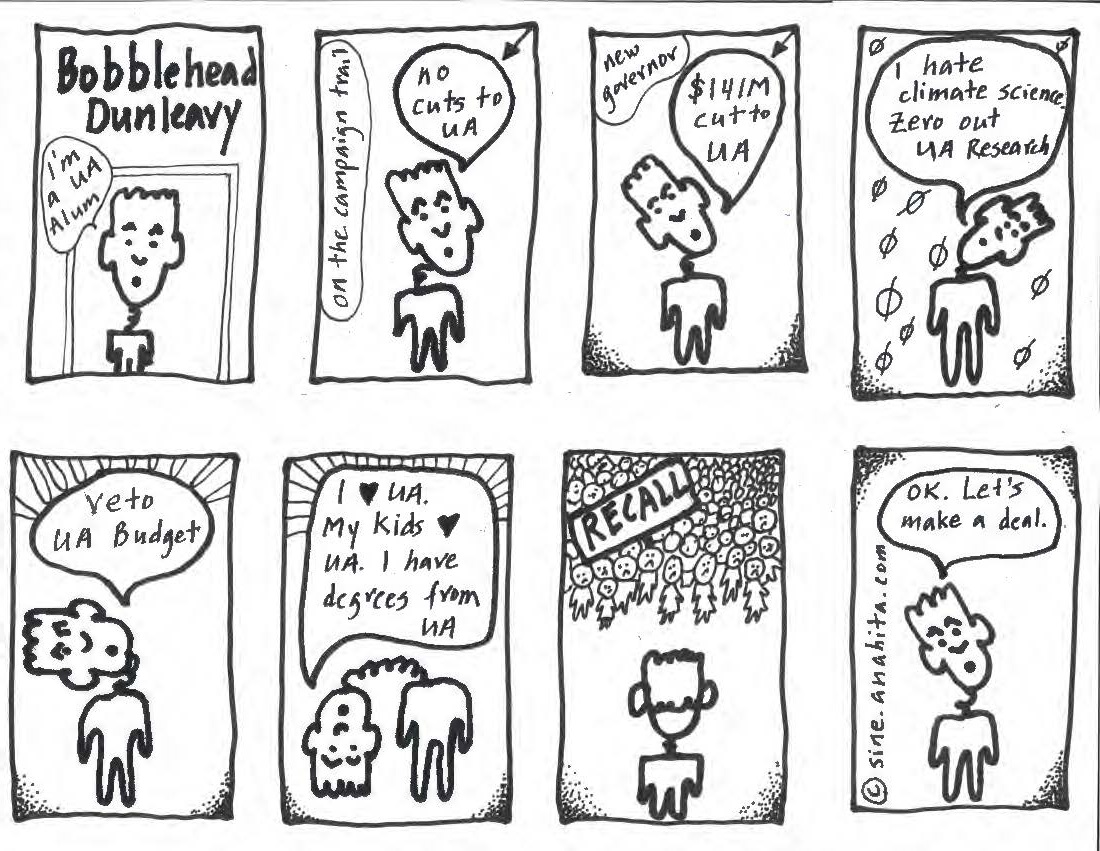
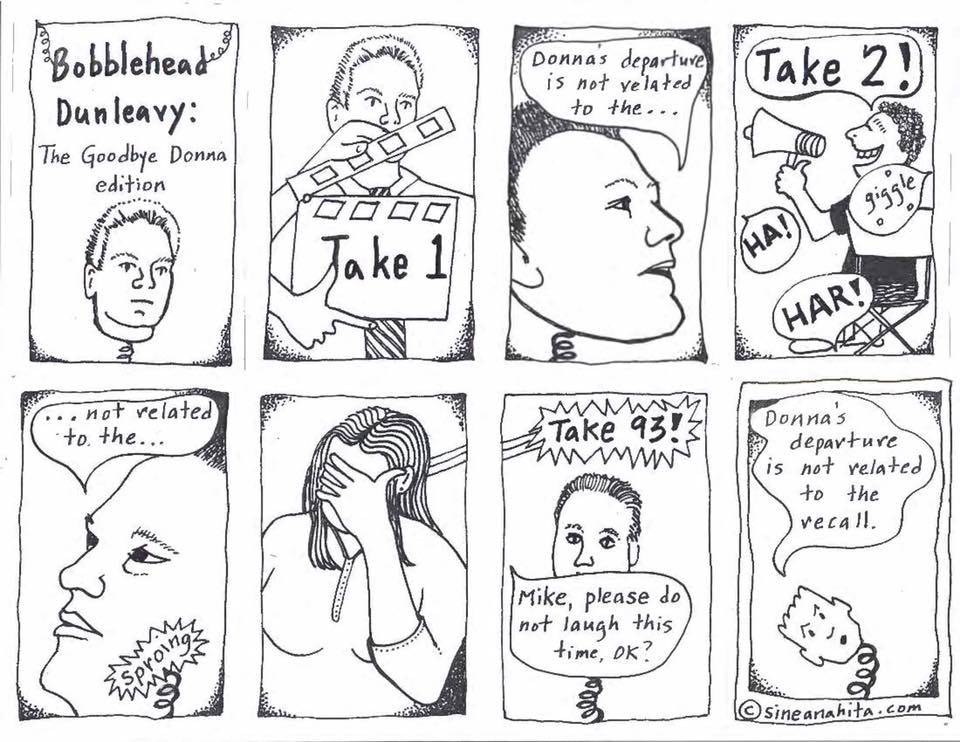
 The alt-right thrives in certain parts of Alaska, specifically in the Mat-Su Valley region just north of Anchorage. And lately, the alt-right posts on Alaska social media have gotten downright scary. Mat-Su is a Trump stronghold, and has also emerged as a stronghold for ultra-conservatives who make up Alaska’s alt-right. Results from the precincts in the 2016 president election document that between 75% and 86% of Mat-Su voters voted for Trump. Alaska’s Governor Mike Dunleavy, an ultra-conservative Republican, won 80% to 90% of the vote in 2018.
The alt-right thrives in certain parts of Alaska, specifically in the Mat-Su Valley region just north of Anchorage. And lately, the alt-right posts on Alaska social media have gotten downright scary. Mat-Su is a Trump stronghold, and has also emerged as a stronghold for ultra-conservatives who make up Alaska’s alt-right. Results from the precincts in the 2016 president election document that between 75% and 86% of Mat-Su voters voted for Trump. Alaska’s Governor Mike Dunleavy, an ultra-conservative Republican, won 80% to 90% of the vote in 2018. The alt-right in the Mat-Su area, and apparently in other hot-red precincts in Alaska, reacted with glee to the idea that the legislators would be meeting in their home town. There are several extremist pro-PFD Facebook sites, and their members quickly got busy to agitate the masses. And this is where social media about the topic got particularly scary.
The alt-right in the Mat-Su area, and apparently in other hot-red precincts in Alaska, reacted with glee to the idea that the legislators would be meeting in their home town. There are several extremist pro-PFD Facebook sites, and their members quickly got busy to agitate the masses. And this is where social media about the topic got particularly scary. A poster on the FB group, Alaskans Against the PFD Theft, initiated a “call to arms” the following week, using militia language. He wants 300,000 Alaskans to storm the capitol, to physically seize the legislators, and to arrest and to imprison them. Other posts call for legislators to be hanged, to rot in hell, to be tortured in hell, and to be locked up as criminals, crooks, liars, and thieves. Tarring & feathering continues as a common theme. State Senator von Imhof, who suggested that the majority of Alaskans are not as obsessed with the PFD as the legislature is, has repeatedly been called the c-word and the b-word. There are active recall petitions for Imhof, Senate President Geissel, and others who voted for the compromise budget. On another post, a participant urged people to physically surround individual legislators and to shout at them to let them know that the people are “angry.” A suggestion was floated to drench Juneau in oil and to set it, and its people, afire. That post even has its own hashtag, which I will not cite here because I do not want it to get hits.
A poster on the FB group, Alaskans Against the PFD Theft, initiated a “call to arms” the following week, using militia language. He wants 300,000 Alaskans to storm the capitol, to physically seize the legislators, and to arrest and to imprison them. Other posts call for legislators to be hanged, to rot in hell, to be tortured in hell, and to be locked up as criminals, crooks, liars, and thieves. Tarring & feathering continues as a common theme. State Senator von Imhof, who suggested that the majority of Alaskans are not as obsessed with the PFD as the legislature is, has repeatedly been called the c-word and the b-word. There are active recall petitions for Imhof, Senate President Geissel, and others who voted for the compromise budget. On another post, a participant urged people to physically surround individual legislators and to shout at them to let them know that the people are “angry.” A suggestion was floated to drench Juneau in oil and to set it, and its people, afire. That post even has its own hashtag, which I will not cite here because I do not want it to get hits.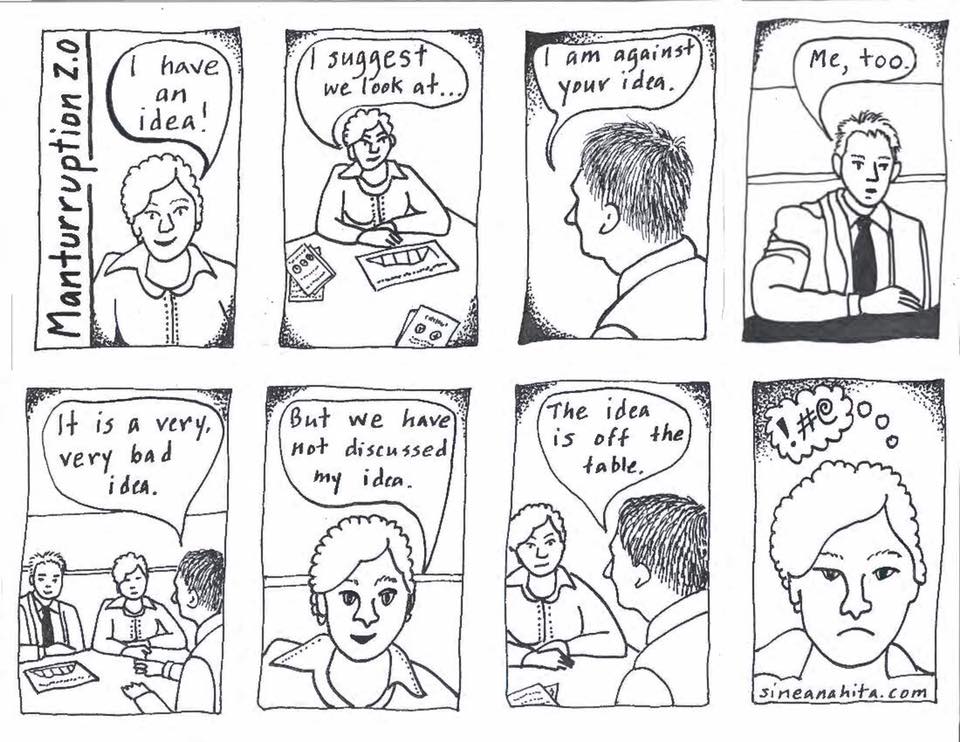 The long-awaited, but hastily scheduled meeting started ten minutes late. Tensions were high, and hostility quickly escalated as a New Idea was tentatively floated. One or two of my male colleagues have quick tempers and tend to interrupt women, even when women ask them not to. Later, after the meeting, another male colleague came to my office to tell me that he admired me for being feisty. I accepted his compliment, even though the word, “feisty,” is fraught with meanings.
The long-awaited, but hastily scheduled meeting started ten minutes late. Tensions were high, and hostility quickly escalated as a New Idea was tentatively floated. One or two of my male colleagues have quick tempers and tend to interrupt women, even when women ask them not to. Later, after the meeting, another male colleague came to my office to tell me that he admired me for being feisty. I accepted his compliment, even though the word, “feisty,” is fraught with meanings. 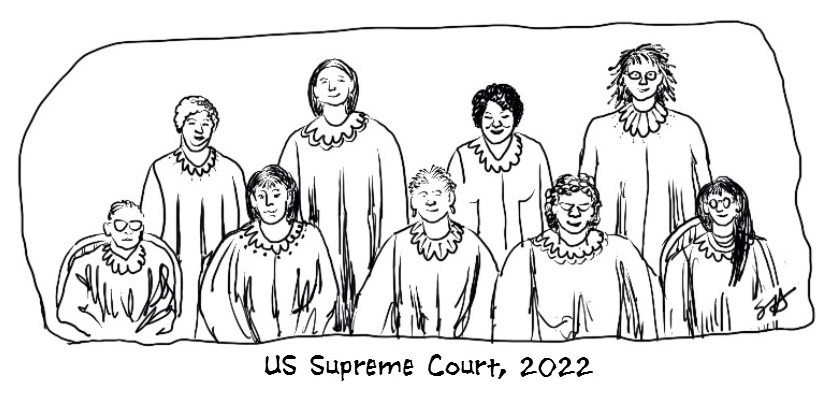
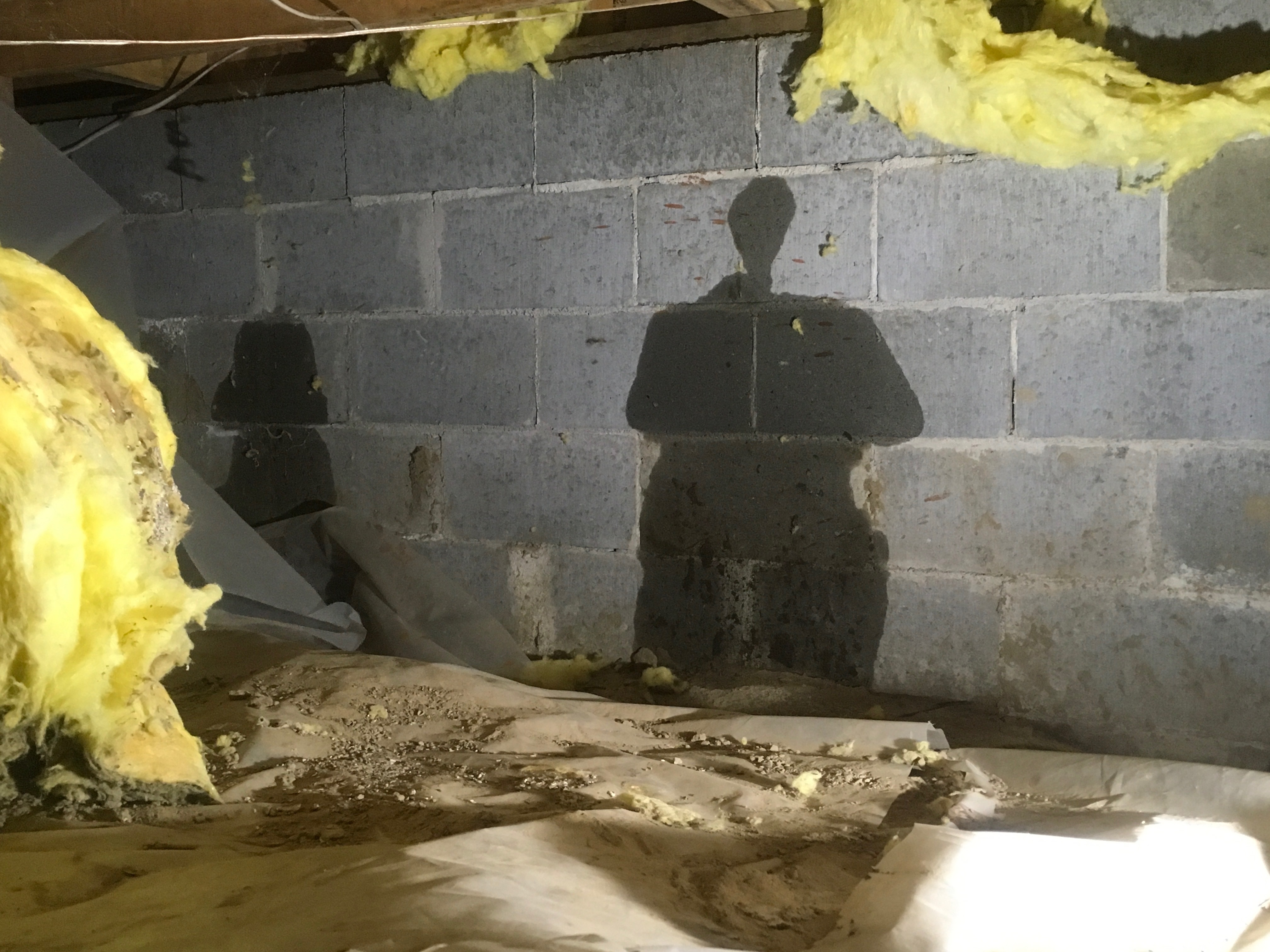
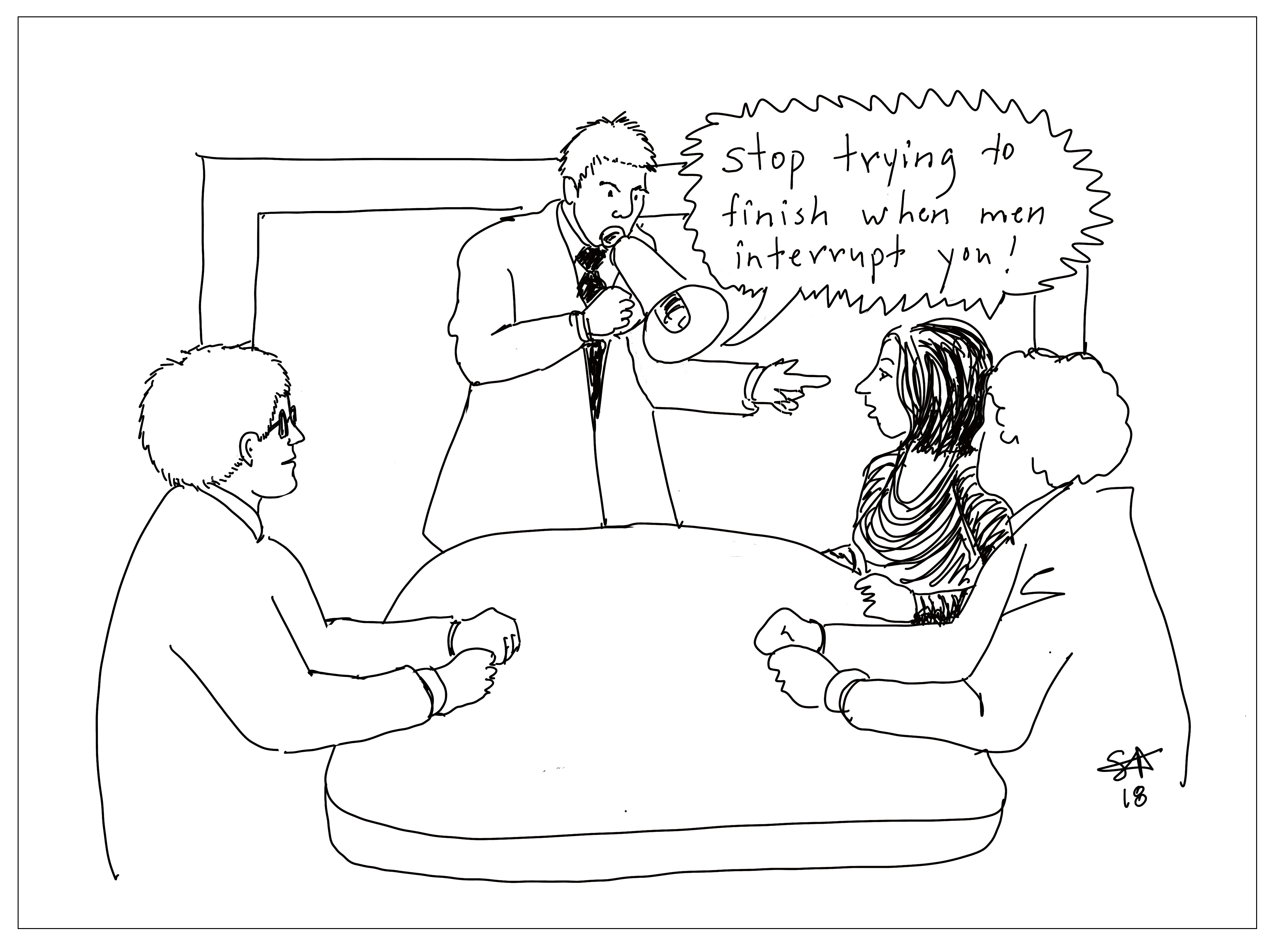 There is plenty of scholarly and anecdotal evidence that men chronically interrupt women. They interrupt women at home, at work, and at social events. When women protest being interrupted, they are accused of being bossy, bitchy, and emotional. In the small group setting, such as meetings, the more men are present, the more likely it is that the women in the group will be interrupted.
There is plenty of scholarly and anecdotal evidence that men chronically interrupt women. They interrupt women at home, at work, and at social events. When women protest being interrupted, they are accused of being bossy, bitchy, and emotional. In the small group setting, such as meetings, the more men are present, the more likely it is that the women in the group will be interrupted.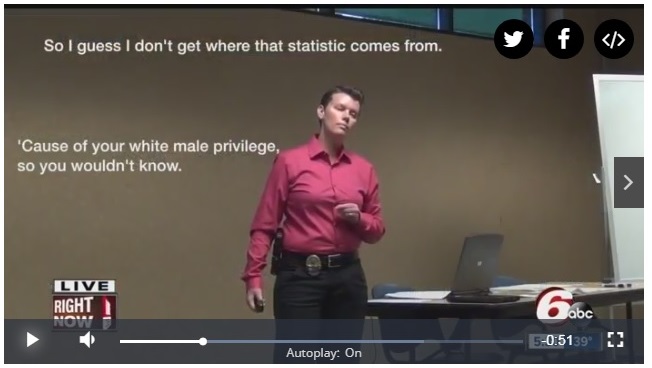 Recently, there has been a lot of attention paid to white fragility, a term coined by Robin DiAngelo (2011) to explain how white people are triggered to hyper-react to even low levels of racial stress. DiAngelo notes that white people typically are protected from situations of racial difference, and usually have little opportunities for meaningful interaction within racially diverse social spaces. They hold racist views and racist assumptions, and generally do not recognize their beliefs as racist because they have been insulated. The protections for whites from uncomfortable racial situations renders white people incapable of tolerating racial stress, even when the racial stress level is quite low. In short, when insulated white people are confronted with situations in which race is an issue, they become triggered and react defensively with anger, silence, or by walking out of the situation. Lopez (2017) analyzed the recent protests, riots, and violence in Charlottesville as an example of white fragility, noting that the pro-white marchers are angry and upset because their racial privilege is being challenged by the Black Lives Movement and other recent events.
Recently, there has been a lot of attention paid to white fragility, a term coined by Robin DiAngelo (2011) to explain how white people are triggered to hyper-react to even low levels of racial stress. DiAngelo notes that white people typically are protected from situations of racial difference, and usually have little opportunities for meaningful interaction within racially diverse social spaces. They hold racist views and racist assumptions, and generally do not recognize their beliefs as racist because they have been insulated. The protections for whites from uncomfortable racial situations renders white people incapable of tolerating racial stress, even when the racial stress level is quite low. In short, when insulated white people are confronted with situations in which race is an issue, they become triggered and react defensively with anger, silence, or by walking out of the situation. Lopez (2017) analyzed the recent protests, riots, and violence in Charlottesville as an example of white fragility, noting that the pro-white marchers are angry and upset because their racial privilege is being challenged by the Black Lives Movement and other recent events.